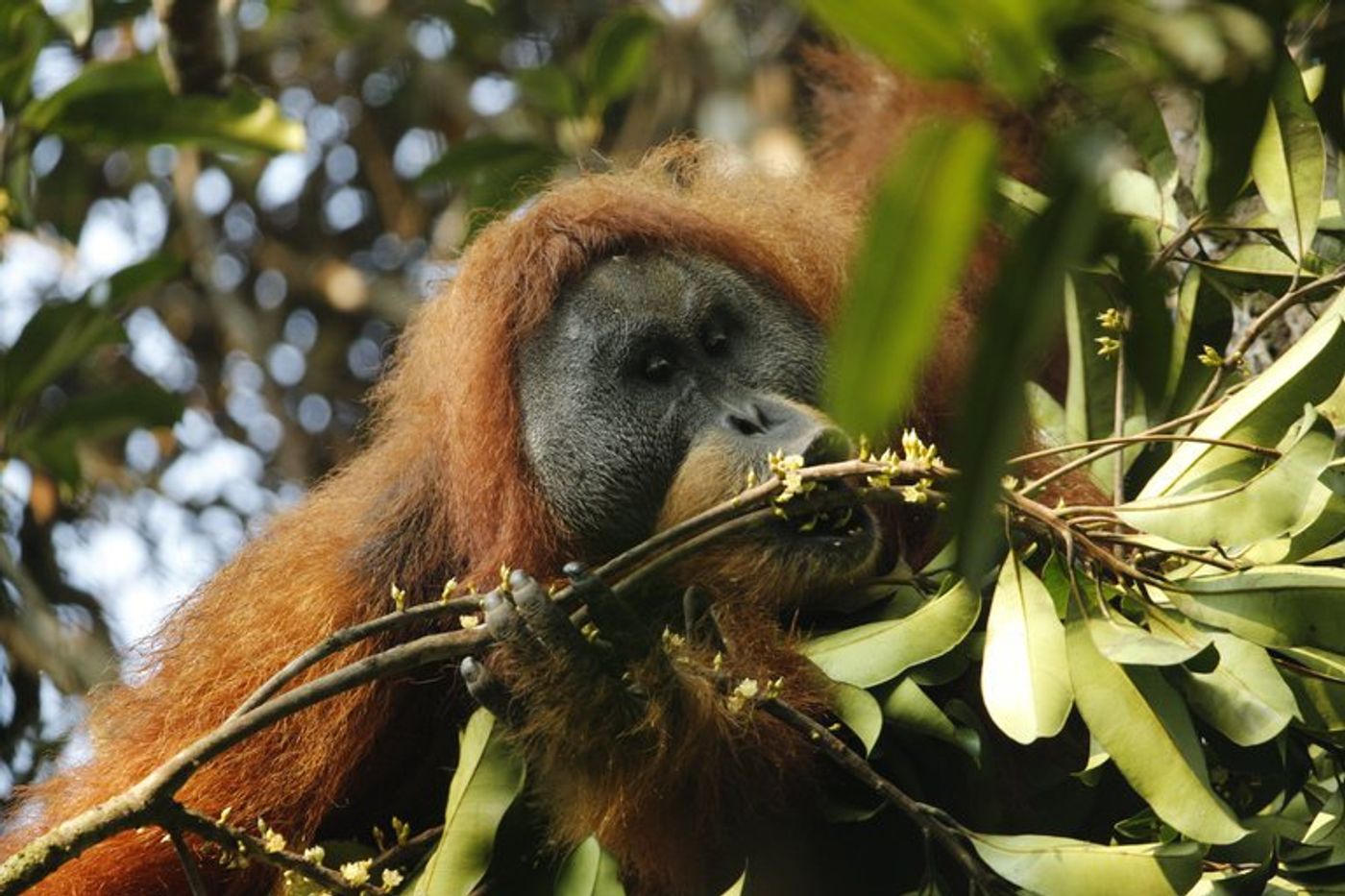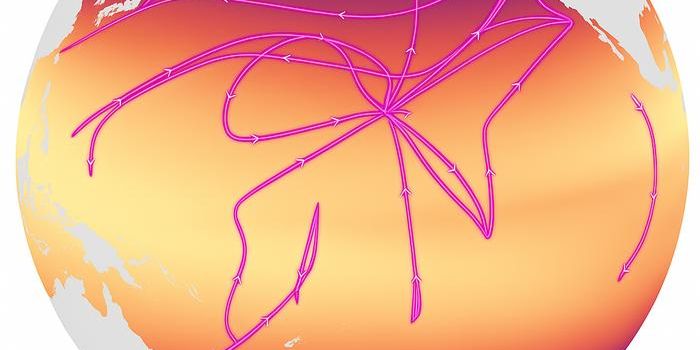Newly-Discovered Orangutan Species is Now Earth's Rarest Great Ape
For years you’ve heard that six great ape species walk the Earth, but a new scientific discovery indicates that there are actually seven great apes residing on our planet today. The latest to join the ranks of the great apes is Pongo tapanuliensis, also known as the Tapanuli orangutan.
Image Credit: Tim Laman
Initially discovered 20 years ago by Australian National University’s Dr. Erik Meijaard, it took all these years to distinguish the new species from Bornean and Sumatran orangutans. Experts used both genetic and morphologic methods to reach their conclusion.
Although it sounds like a thrilling revelation at first, the situation is direr than it seems. Just under 800 of these orangutans remain in the wild today, and they’re further fragmented into three small populations scattered throughout the jungles of the Indonesian island of Sumatra.
An international team of researchers involved in the study published their findings in the journal Current Biology. They detail the Tapanuli orangutan in the paper and highlight how it diverges from other known species.
Related: Captive leucistic orangutan rescued on Borneo
Many of the discoveries they discuss were made possible by the recovery of an adult male's skeleton after locals killed it. The story is a tear-jerker for sure, but fortunately, the animal wasn’t killed in the name of science; science just appeared at the right place at the right time.
Close-up analyzations revealed subtle genetic and morphological differences between the newly-discovered orangutan species and those that we've known about for ages. The researchers note variations throughout the entire skull, including in the jaws and teeth, but it didn't stop there.
Sound recordings that the researchers captured while studying the region depict how the Tapanuli orangutan emits shorter and higher-pitched calls than other orangutans. The creature's genetics suggest that the newly-discovered orangutan species are the most ancient of all three lineages, which implies that both the Bornean and Sumatran orangutans may have evolved from the Tapanuli orangutan.
“We have learned how little we actually knew about orangutan evolution despite many decades of research and how much more there is to learn,” said Dr. Meijaard. “Orangutans are ancient creatures, as old as the very first members of our own genus Homo.”
Related: Orangutans might understand magic tricks
As it would seem, the Tapanuli orangutan's numbers aren't faring as well as they used to, and the threat of extinction lingers over them like a miserable rain cloud.
Unfortunately, experts know very little about the Tapanuli orangutan, and this study marks the starting point for understanding them. Collecting more information is critical if we're to implement any conservation efforts and prevent the Tapanuli orangutan from going extinct as time goes on.
Source: National Geographic, New York Times









